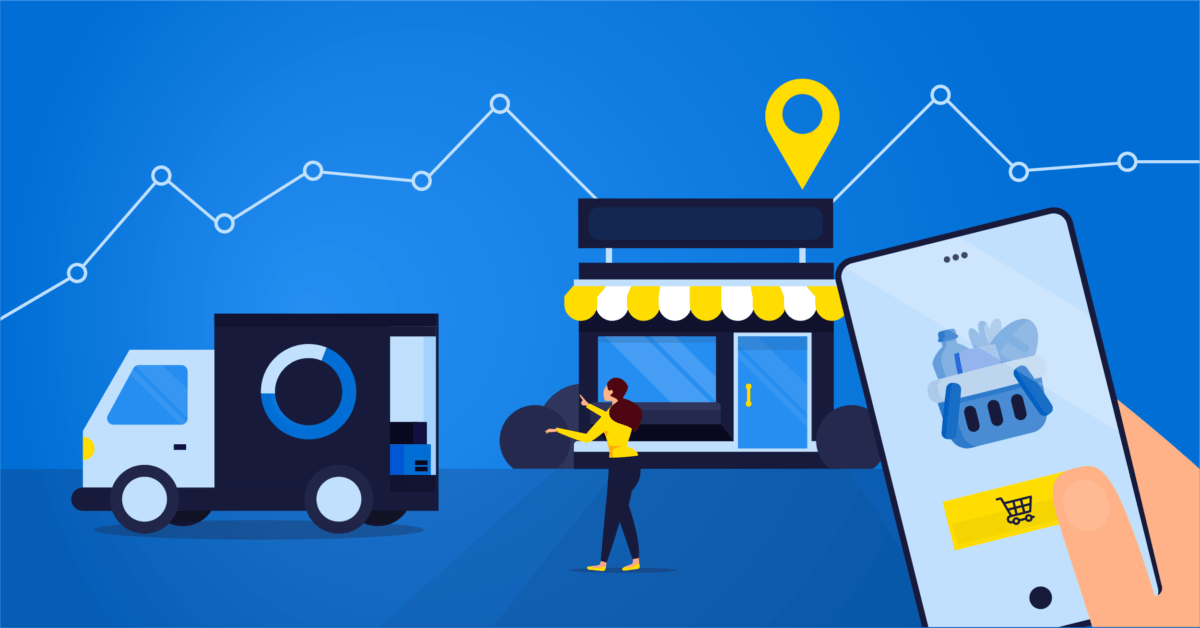Point of Interest (POI)
Point of Interest (POI)
What is a Point of Interest?
A Point of Interest (POI) is a specific point location, or useful site, defined mainly by its geographical coordinates (longitude and latitude). It refers to a place or destination of potential interest. It can be a tourist attraction, a hotel, a restaurant, an ATM, a pharmacy, a medical center, a store, a gas station, or any other category used in modern car navigation systems.
The term is commonly used in cartography, in particular in electronic variants such as GIS and GPS navigation software. The synonym ‘’waypoint’’ is common in these contexts.
What is Points of Interest data?
A lot of data can be attached to Points of Interest including general data (name, address, zip code). Some navigation software offers POIs with enriched data, such as phone number, opening hours, store offers, range of products and services, etc. This information can also be linked to an image, a logo or a photograph.
POI data are used to identify places of interest, determine their exact locations, and help organizations identify the activity taking place around these locations. To facilitate analysis and planning, POI data can be combined with additional information like human mobility, sociology, an area’s dynamics, and more.
What are the benefits of POI databases?
POI databases offer a comprehensive view of businesses, landmarks, and features around the world. For organizations, they are especially useful to develop location-based marketing plans. For example, they can locate and identify existing competitors in all markets and help making the best decision on sizing a store network.
They offer valuable information that can be applied to site selection decisions, such as understanding risk profiles, and access to services or recreational facilities. They help organizations identify trends and patterns in a region to build comprehensive databases of relevant locations in order to connect with the customers in the physical world.
It is also possible to add Points of Interest layers to a map to add details and define locations when performing a route analysis. In online mapping tools, POI data make ‘’Find the nearest’’ searches easier to execute for users. They can as well enrich applications, business processes, and workflows through millions of store locations, entertainment venues, neighborhood place names, etc.
How is POI data useful for different industries?
POI data has multiple specific uses and applications in many industries:
Retail
- Facilitate site selection for brick-and-mortar stores;
- Monitor traffic on your website or on your competitors’ websites;
- Evaluate competing retail stores before they expand to a new neighborhood;
- Power navigation systems for delivery and online commerce.
Telecommunications
- Facilitate site selection for transmission towers and stores;
- Connect customers and service providers;
- Improve customer experience with accurate address data;
- Help determine network coverage needs.
Banking
- Facilitate site selection for branches;
- Manage the cash delivery fleets more rigorously.
Real estate
- Facilitate site selection for agencies;
- Plan projects according to market potential.
Governments and utilities
- Implement regulations;
- Monitor the health and welfare of the population;
- Plan infrastructure and public services;
- Improve public transportation, healthcare, and utilities.
Transportation and logistics
- Save costs on fuel;
- Increase the efficiency of supply chain logistics;
- Perform route analysis;
- Optimize navigation and mapping systems;
- Enhance customer experience with the help of accurate address data.
How are Point of Interest useful for mobile devices?
Users of a mobile device can benefit from a geolocation and time-based POI service that recommends nearby geolocations with temporal relevance. Users will mostly rely on POIs to navigate their environment and find emergency services, transportation, stores, restaurants, hotels, parking, etc.
What is a Region of Interest (ROI)?
A region of interest (ROI) is a sample of a dataset identified for a particular purpose. It is used in many application areas. For example, in geographic information systems (GIS), a ROI can be considered literally as a polygonal selection on a 2D map. There can be individual Points of Interest within a ROI.
What POI data are offered by Korem?
Korem provides its clients with Precisely’s Points of Interest data portfolio, which has many benefits:
- A comprehensive database of 174 million points of interest (POIs) from over 175 countries;
- Businesses that are classified from across multiple industries;
- POIs that are accurately located using Precisely’s industry-leading global geocoding solution.
Korem also offers HERE Data including Points of Interest to add an additional layer to a map, as well as Foursquare’s Places data providing very detailed location-based information about mobility and business points of interest.


